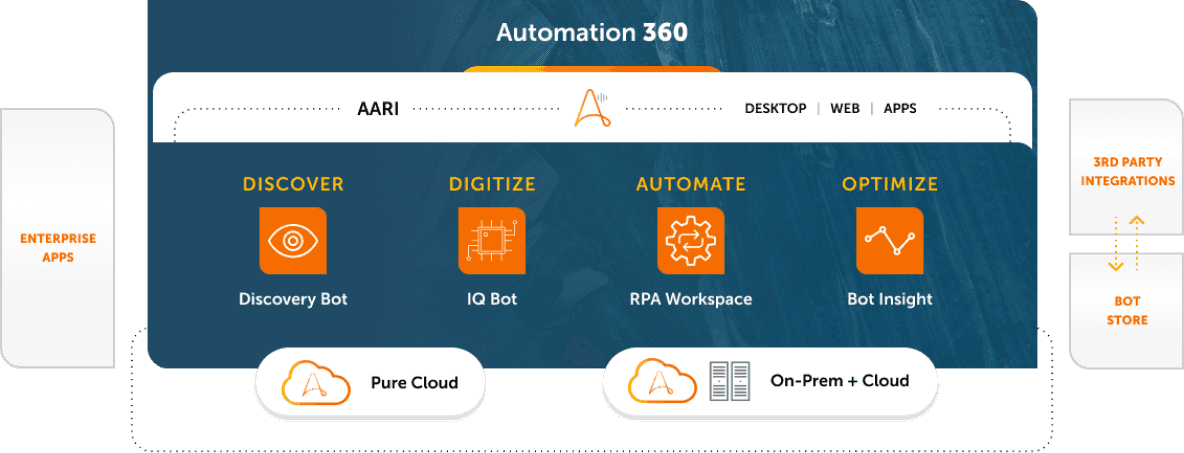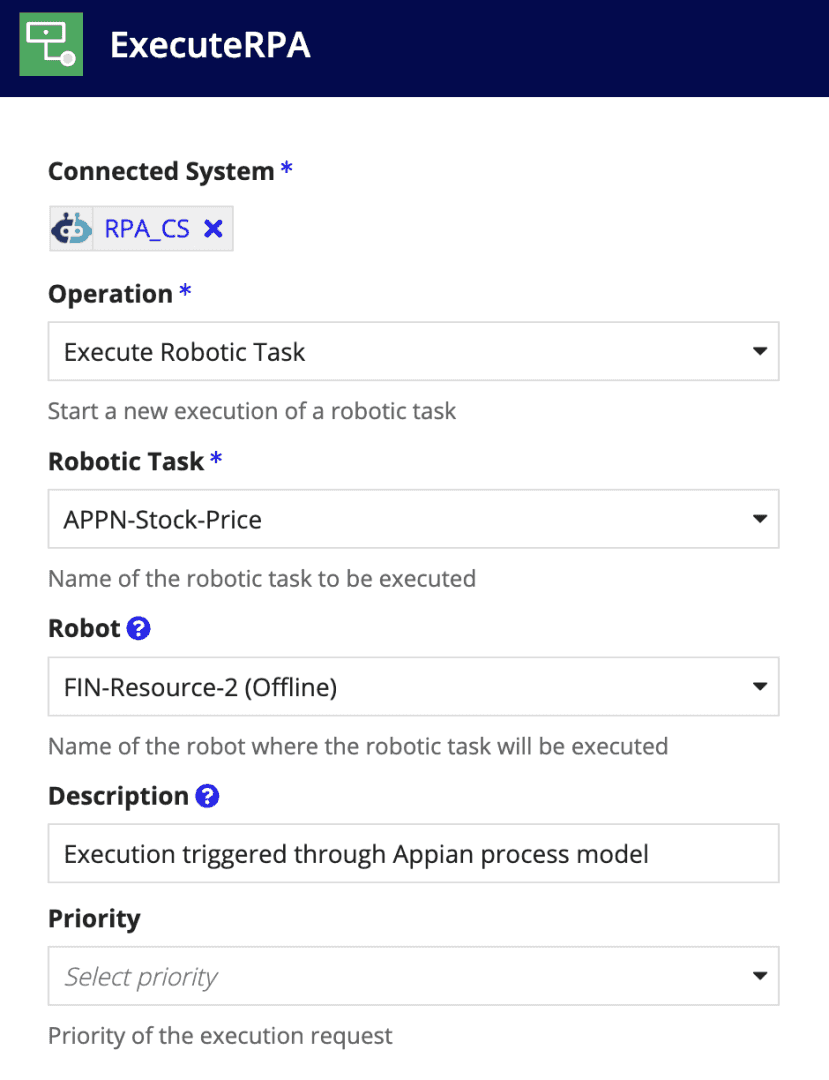Appointment scheduling
Patient appointment scheduling is an error-prone activity, especially when done on a large scale. RPA bots can facilitate appointment scheduling by automating the majority of associated tasks and, when complemented with AI, act as full-fledged digital assistants. Based on the patient’s request, doctors’ availability, and clinic location, the bot can offer the patient time slots with a suitable specialist, estimate appointment duration, remove the appointment slot in case of cancellation, and notify both the patient and the doctor about changes.







